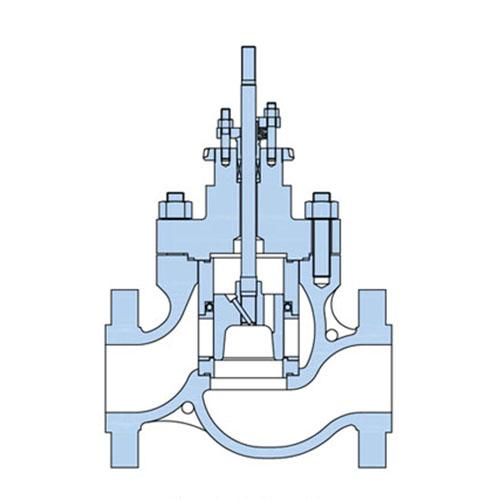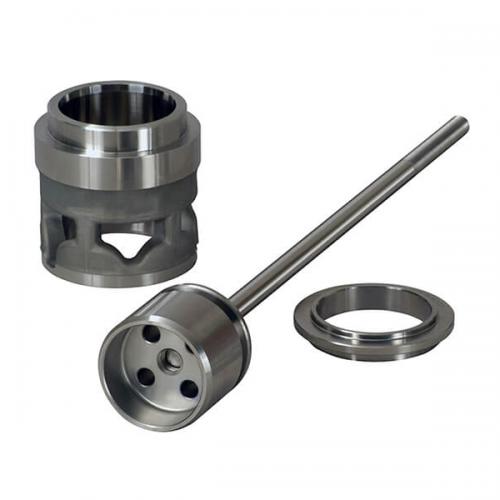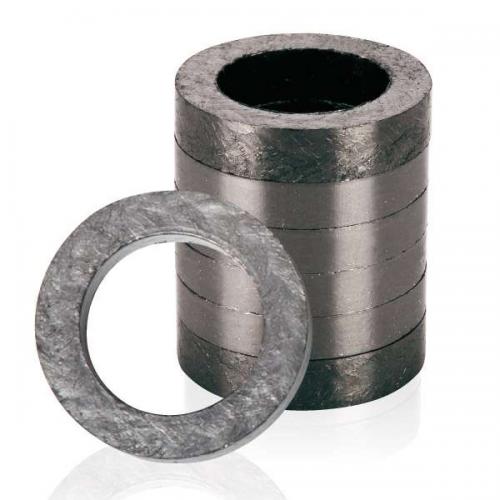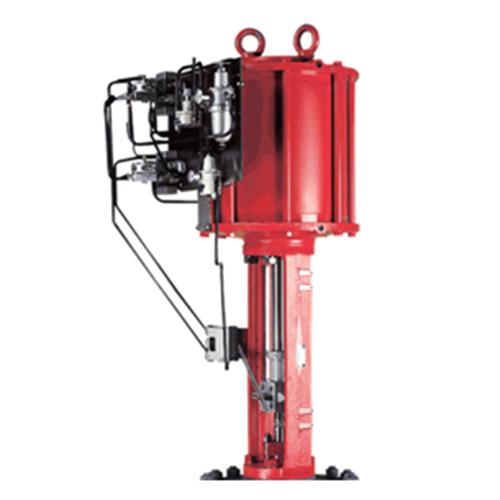Valve International Standard
Update time: 21-12-26 Views: 1213
Currently, the most widely used standards are BS (UK), DIN (Germany), JIS (Japan), ISO (International Organization for Standardization), etc. Although the American Standards Agency has been working hard to publish American standards in cooperation with other national standards to meet the requirements of internationalization, almost no standard can cross national borders. When selecting standards, there is a certain conflict between traditional American standards and ISO international standards.
Main valve standard agencies
1) The American Petroleum Institute (API) was established in 1919 and is the first business association in the United States. It is mainly responsible for the standardization of equipment in the oil and natural gas industry to ensure the safety, reliability and interchangeability of equipment used in the industry. As API enjoys a high reputation in the United States and internationally, it has become an organic part of the world's petroleum industry activities.
2) The International Organization for Standardization (ISO) is a global non-governmental organization and a very important organization in the field of international standardization. It first started in the field of electronics. In 1906, the world's first International Organization for Standardization-the International Electrotechnical Commission (IEC) was established. The IEC was established in 1947 and is headquartered in Geneva. It is composed of 91 countries and 173 academic committees. ISO and IEC have about 1,000 professional committees and subcommittees, as well as more than 3,000 working groups, which formulate and revise more than 1,000 standards each year.
3) The American National Standards Institute (ANSI) was established in 1918. The American Society for Engineering Standardization was jointly established by the American Society of Mechanical Engineers (ASME) and the American Society for Testing and Materials (ASTM). In 1928, the American Engineering Standards Committee (AESC). In August 1966, it was reorganized as the Standards Institute of the United States of America. In October 1969, it was changed to the American National Standards Institute (ANSI).
4) The American Society of Mechanical Engineers (ASME) was established in 1880 and has branches all over the world. It is a very authoritative and influential international academic organization. ASME is mainly engaged in the development of science and technology in mechanical engineering and related fields, encourages basic research to promote academic exchanges, develops cooperation with other engineering societies and associations, carries out standardization activities, and formulates mechanical specifications and standards.
5) The American Society for Testing and Materials (ASTM) was established in 1898 (formerly known as the International Association for Testing and Materials (IATM). In the 1880s, in order to resolve the opinions and differences between buyers and suppliers in the process of purchasing and selling industrial materials, Someone proposed to establish a technical committee system to discuss controversial issues related to material specifications and test procedures. The first meeting of IATM was held in Europe in 1882, and a working committee was formed at the meeting. At that time, it was mainly to study and solve the test methods of steel and other materials. At the annual meeting of the International Association for Testing and Materials Branch in 1902, the American branch was declared officially independent and named the American Society for Testing and Materials. With the continuous expansion and development of business scope, the work center of the society is not only researching and formulating material specifications and tests. Method standards also include the characteristics and performance of various materials, products, systems, service items, and test methods and procedures. In 1961, the organization changed its name to the American Society for Testing and Materials, which is still in use today.





